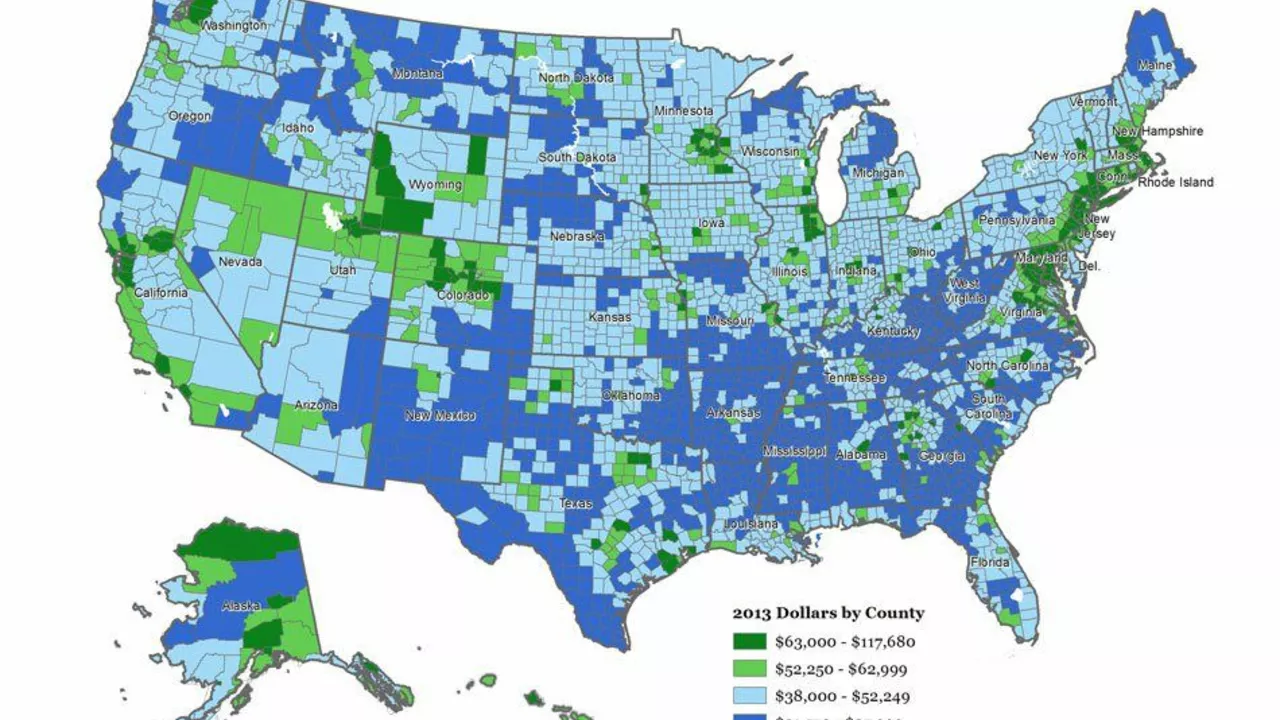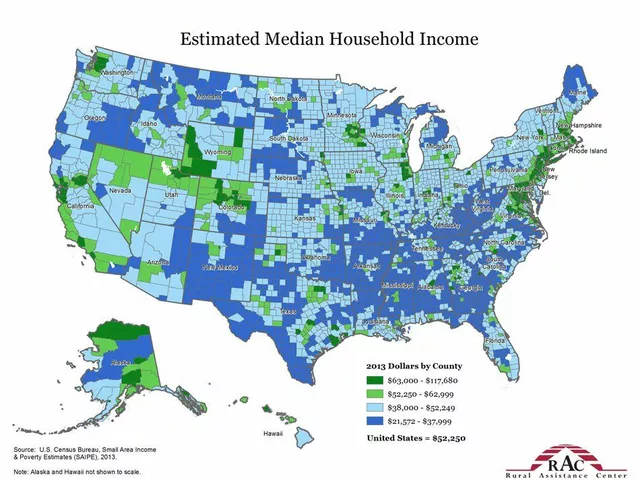Population Density: What It Is and Why It Matters
Ever wondered why some places feel packed while others feel wide open? The answer lies in population density – the number of people living in a given area. It’s a simple ratio, but it tells a lot about how a city works, where jobs show up, and how resources get stretched.
How Density Shapes Cities
High density means lots of folks per square kilometer. In places like Mumbai or New York, that translates to tall apartments, busy public transport, and a constant buzz. When people live close together, services like water, electricity, and internet have to be super reliable, otherwise the whole system can crumble.
Low density areas, like many parts of rural America, spread people out. You get bigger houses, longer commutes, and often fewer shops nearby. The trade‑off is more space to breathe, but also higher costs for road maintenance and less frequent public transit.
Urban planners use density numbers to decide where to put schools, hospitals, and parks. A neighborhood with a sudden jump in density might need a new school within months, not years. That’s why city councils track these figures closely.
Tips to Deal with High Density
If you live in a dense area, a few habits can make daily life smoother. First, learn the peak times for buses and trains – traveling a bit earlier or later can shave off minutes of waiting. Second, choose local markets over big supermarkets; they’re often less crowded and support nearby producers.
Third, keep an eye on green spaces. Even short walks in a park can offset the stress of crowded streets. Many cities now offer pop‑up gardens in vacant lots, so look out for community events that add a touch of nature.
Finally, be mindful of waste. More people generate more trash, and proper recycling keeps streets cleaner and reduces the strain on landfill sites.
Understanding population density helps you see why your city looks the way it does and how small changes in your routine can make a big difference. Whether you love the hustle of a busy downtown or crave the calm of a quiet suburb, density is the hidden factor shaping that experience.





